
The changing face of Montague: a look back at 150 years of local business
For some, the area of Montague, a small adjunct officially belonging to South Melbourne’s postcode of 3205, won’t mean a great deal outside of its status as a growing graveyard for vans, buses, box trucks and semi-trailers at the hands of the low-slung Montague Street Bridge.
In its early days, Montague extended from Ferrars St to Boundary St and from City Rd to the railway line, developing fully as a residential area when the Montague Railway Station opened in 1883, and so giving the area its name.
Although the area grew rapidly as an industrial district from the 1870s, Montague’s residential population had almost completely disappeared through demolition and redevelopment during the 1970s.
It was not until a renaissance in the form of the Victorian state government’s Fishermans Bend Framework did Montague regain its name and along with it, its rich identity.
In the first instalment of this series: “The changing face of Montague”, Southbank News looks back at the bustling history of life and business in a suburb once forgotten, and chat with the businesses that now call Montague home.
In the late-1800s Montague was surrounded by industrial factories providing opportunities for local employment.
One of the largest employers of the area was the Dunlop Rubber Company, manufacturer of Australia’s first locally-produced motor tyre, which had an estimated workforce of 1000 men and women.
Today, Montague is still home to light manufacturing and warehousing, together with creative industries such as film, media, architecture and design, and a swathe of gyms and fitness centres, mechanics and hospitality venues.
Few lay claim to know the area better than Ashley Cox, general manager of Cox Automotive, which opened its first workshop on Montague St back in 1981. Mr Cox recalls fond times when he would freely kick the footy across Montague St with his dad, or visit the Golden Fleece Hotel where you’d come across “blokes who wouldn’t be afraid to kill you.”
“It’s still very local community-focused, and it’s amazing that people still know each other around here business wise; it has such a local feel and I guess that’s what makes the area great,” Mr Cox said.
Today, a lot of people are being driven out. It is very hard for businesses in terms of affordability for people to operate here with things like expensive land tax, high rents and the purchasing of land for residential developments.
With much of Montague occupied by mixed-use industrial warehousing, the open plan footprint of these buildings provides the perfect canvas for gyms like Steve Hennessy-Maia’s dedicated CrossFit gym, FitLab.
One of Victoria’s first CrossFit gyms, Mr Hennessy-Maia moved to Buckhurst St from nearby in South Melbourne as the opportunity to set up shop in his new Montague home was too good to pass up.
“Comparing our service [to] others probably isn’t fair. We offer a very different service to other gyms. We are wellness-based, with recovery and nutrition services, and catering for a clientele who want to feel a part of a community,” Mr Hennessy-Maia said.
“Our clients come in because they want community, and they want coaching. They want to be trained to do things safely and to do CrossFit training, which is considered one of the most effective training methods in the world, but also have the right coaching to do it.”
According to Mr Hennessy-Maia, his building, for which he has four years left on his lease, is the last building on the eastern side on Buckhurst St to be sold for impending development.
He said the growth presents a double-edged sword conundrum; with more residents comes the prospect of more customers, however, he is weary of Montague losing identity to be consumed by a growing CBD.
Although outside of the new Montague borders bound by the West Gate Freeway to the north, the St Kilda Light Rail Line (Route 96) to the east, City Rd to the south, and Boundary St to the west, Alisha Varker, owner of Black Garage Café owes her survival during the dark days of 2020 and 2021 to the residents and workers of Montague.
“There are quite a few customers still coming who I had never met before and because other cafes closed at the beginning of the lockdowns, I was one of the only ones pushing through,” Ms Varker said. “So, I met a lot of people, and they are good mates now, who I see as friends.”
“We all pulled each other through what was a pretty hard time for everyone.”
Ms Varker and her dog, Nacho, became the only faces workers would see during the hibernating times of lockdowns.
The camaraderie they shared, and the attitude to continue at all costs, paints an indicative portrait of Montague in transition.
In the next part of this series, Southbank News will look at what 80,000 jobs and 80,000 residents, as part of the Fishermens Bend precinct, Australia’s largest urban renewal project, will do to the fabric and history of this once forgotten neighbourhood •

Revitalisation of Alexandra Gardens progresses

Build-to-rent development gets green light in South Melbourne

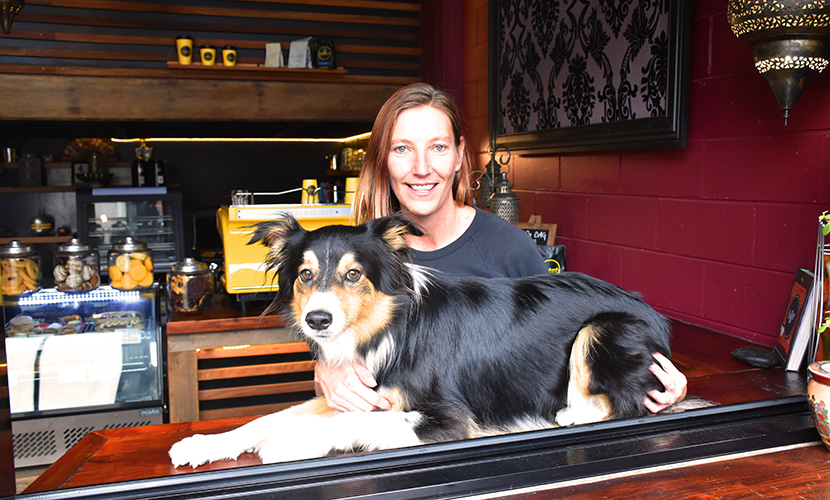
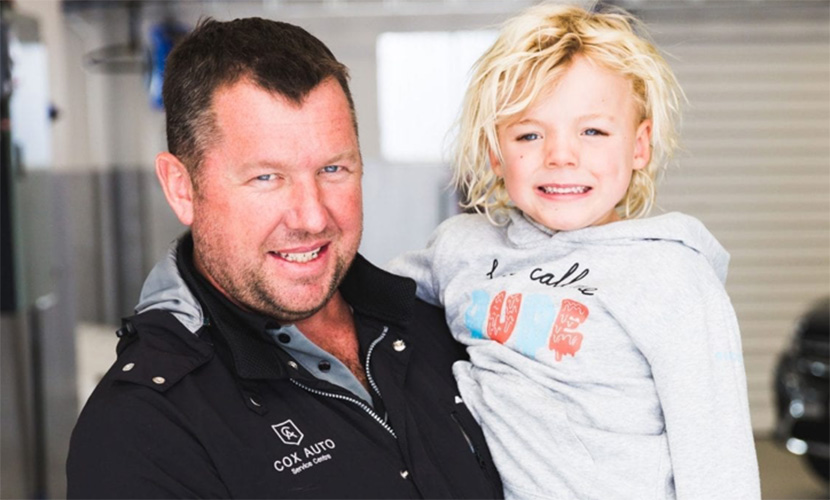
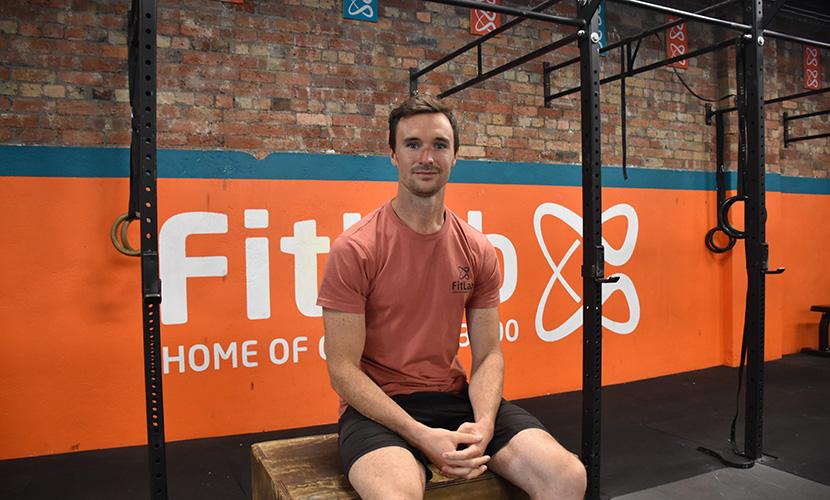
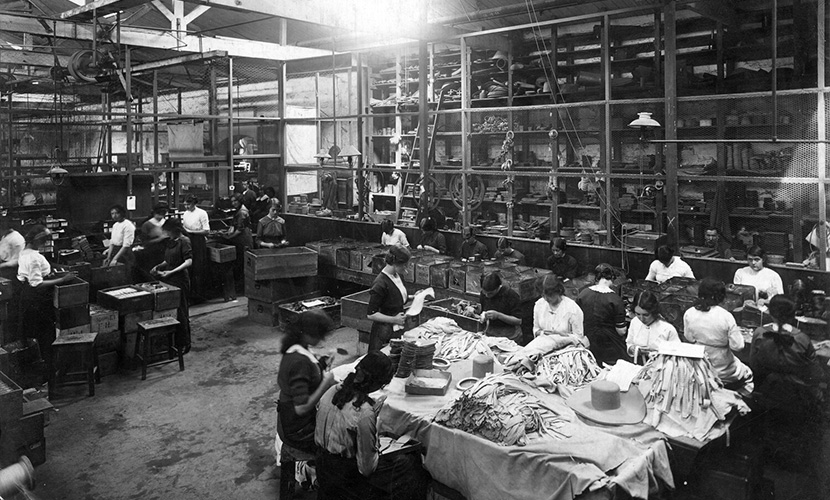
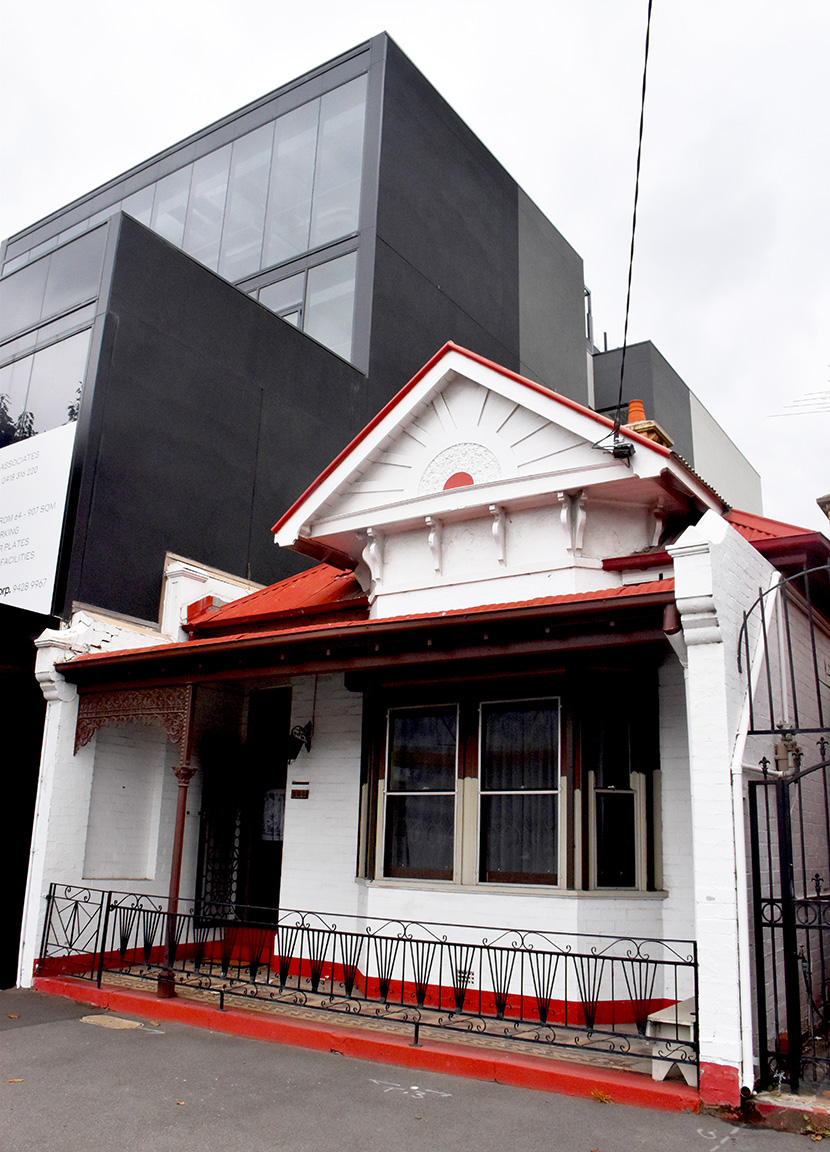




 Download the Latest Edition
Download the Latest Edition